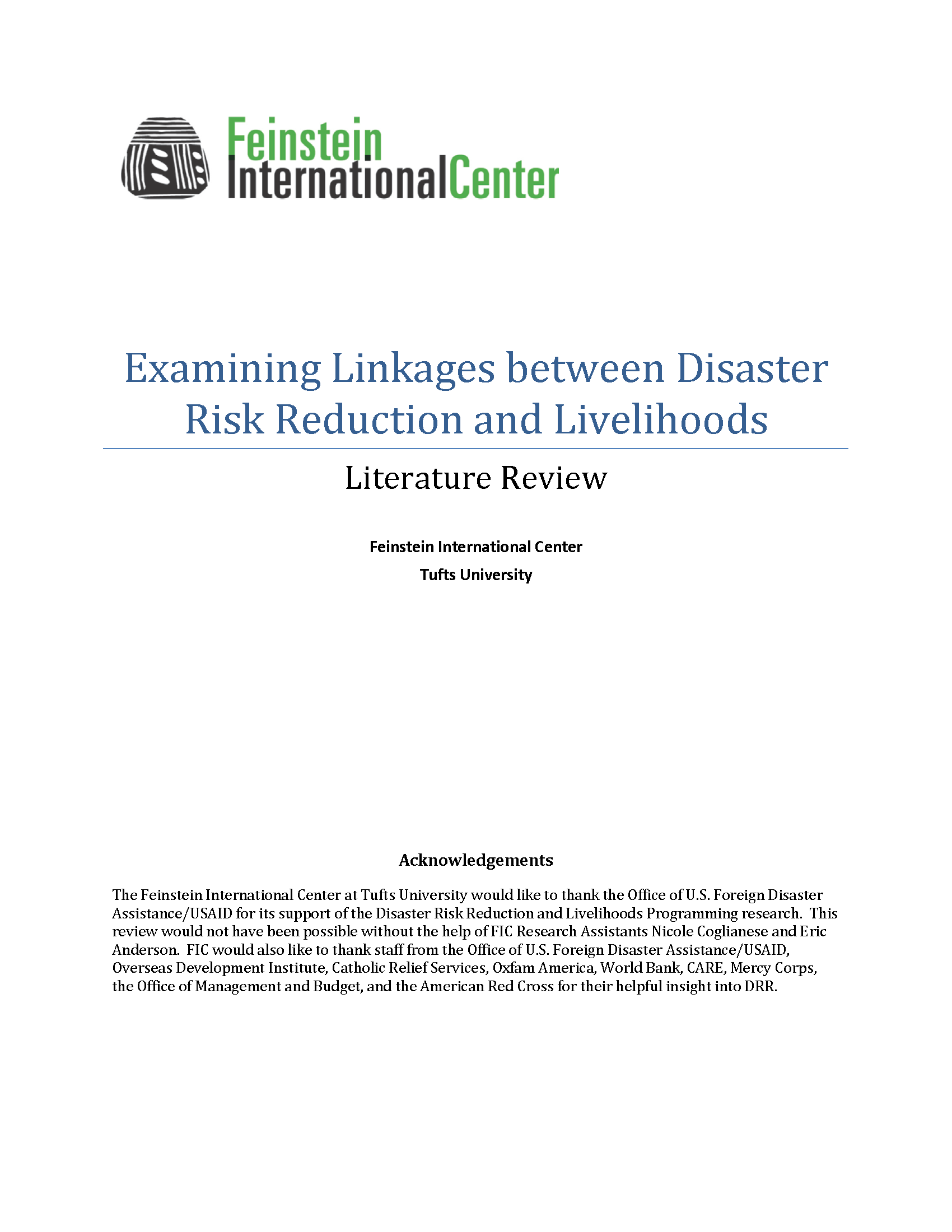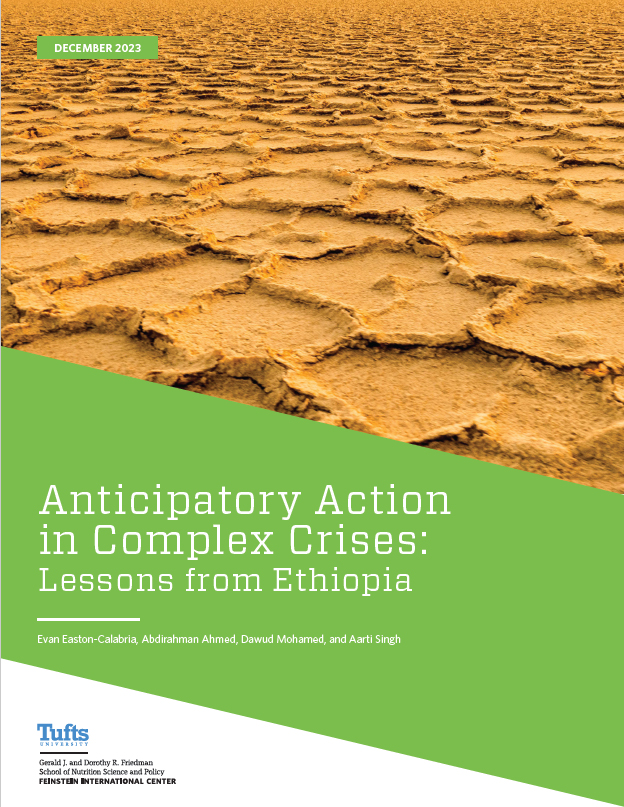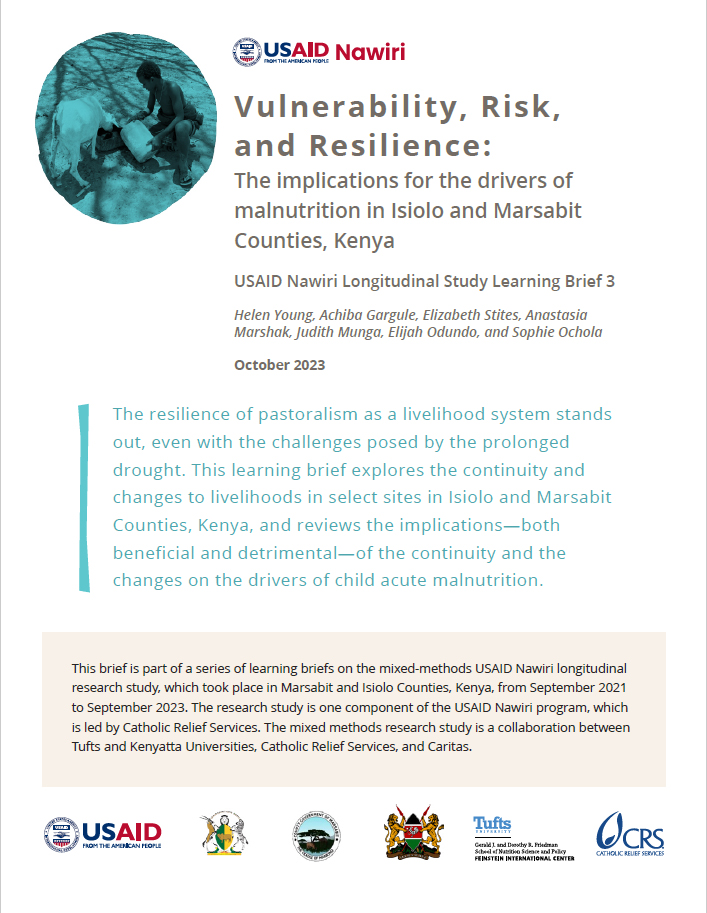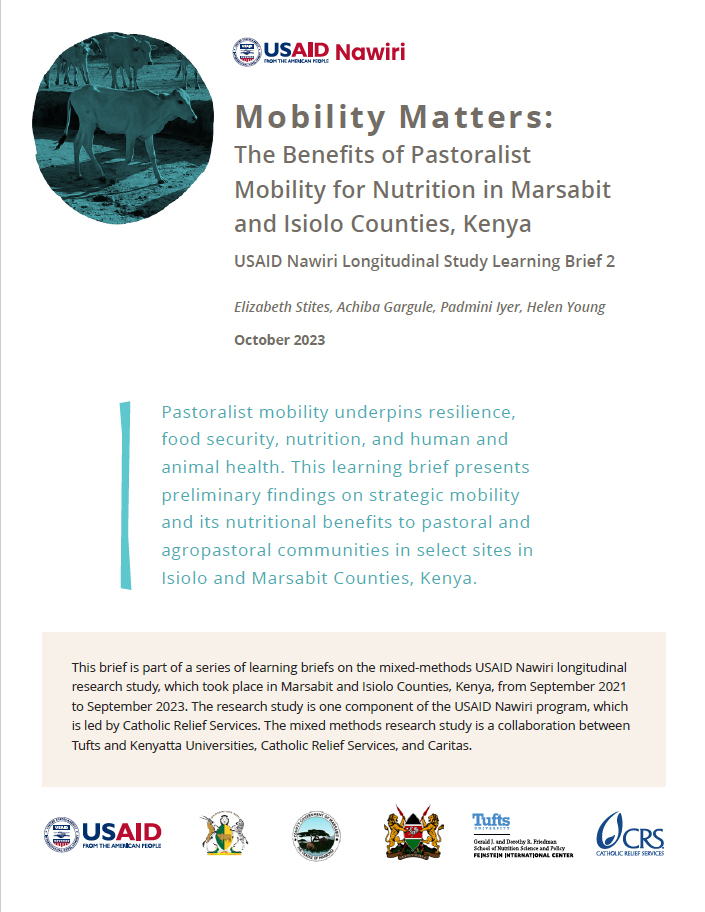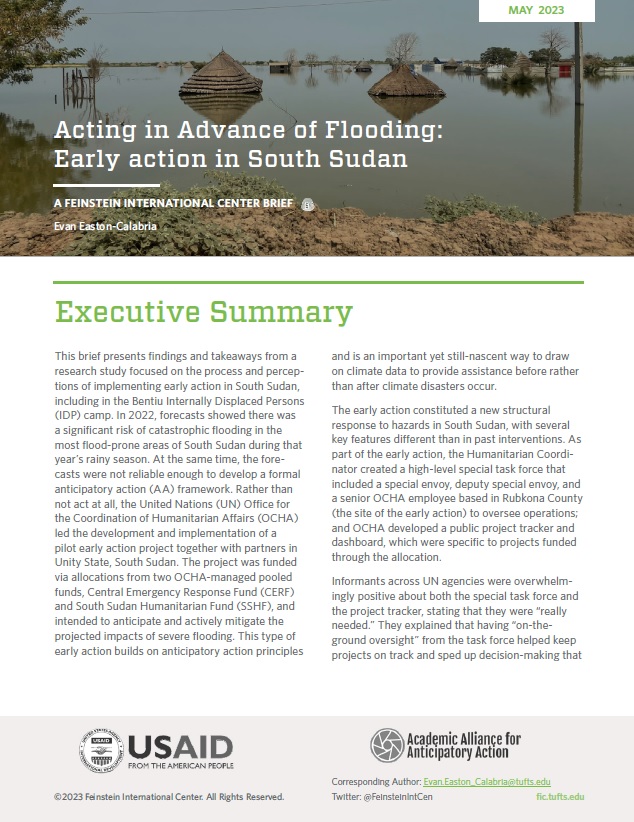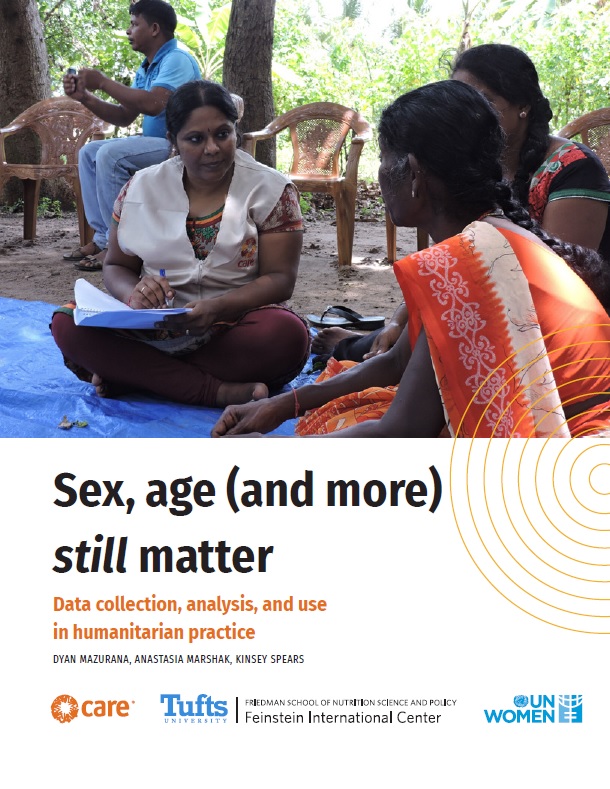In the disaster context emphasis has been generally placed on the initial humanitarian and emergency response. However, recently there has been an increasing recognition of the importance and value of disaster risk reduction (DRR) programming. This comes from the understanding that though humanitarian efforts are important and required in the aftermath of a disaster, a comprehensive view of risk and vulnerability are important elements in preventing, reducing and mitigating the negative impacts of shocks on lives and livelihoods.
Even though DRR has been recognized as invaluable, it still remains a somewhat nebulous concept, and includes elements of programming that are named various different things: mitigation, prevention, “building back better,” etc. Many organizations continue to struggle with what exactly DRR encompasses and how to incorporate it into their mandate.
This review is the first output of a three year research program looking at the intersection of DRR and livelihoods and is intended to clarify DRR concepts and programming elements, identify good practice, and assess the impact of DRR programs on livelihood outcomes, assets, and institutions. The purpose of this review is to establish baseline definitions and trends, review existing literature and suggest gaps in knowledge that will help to focus the content of the subsequent field case studies.

